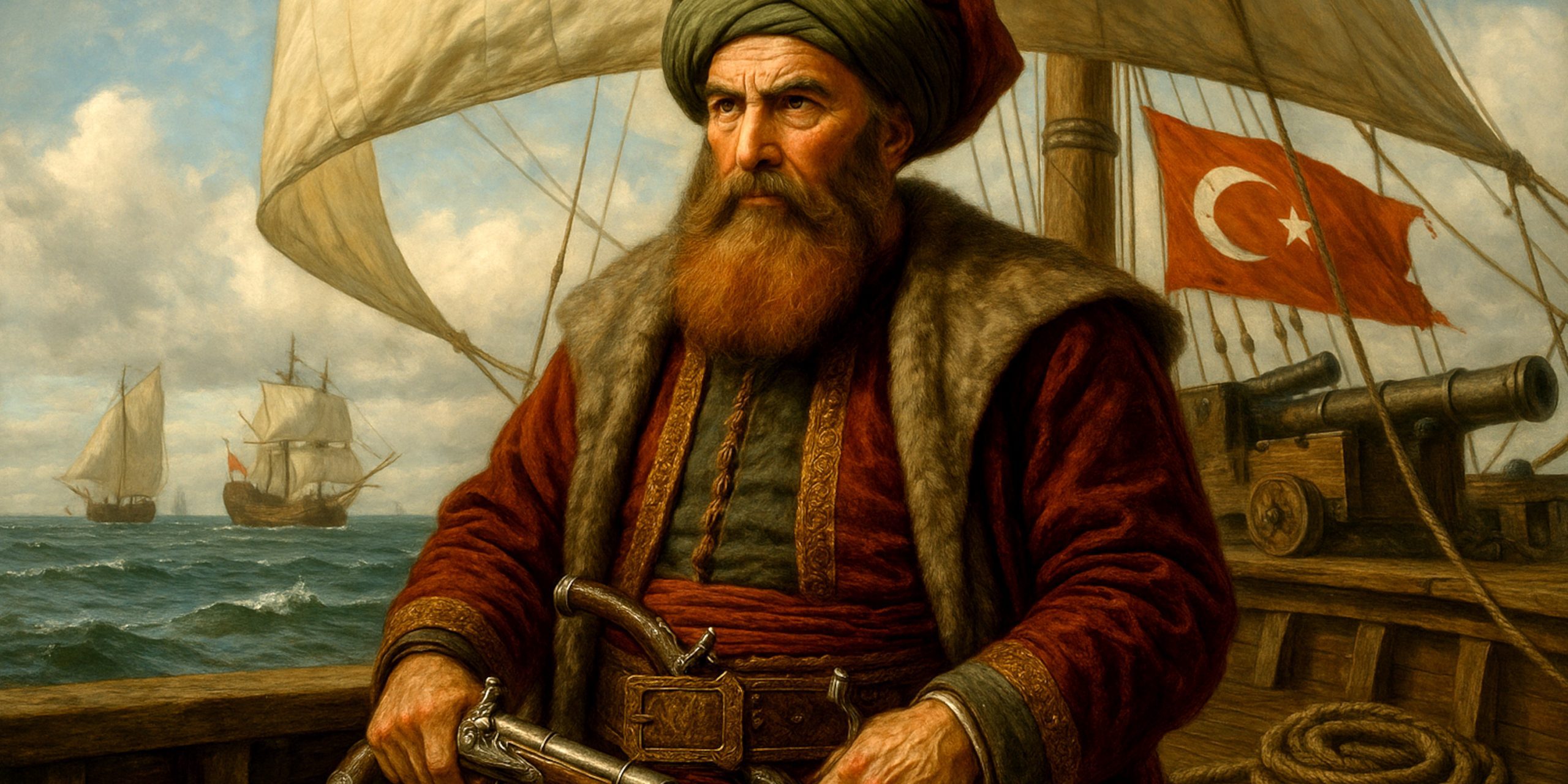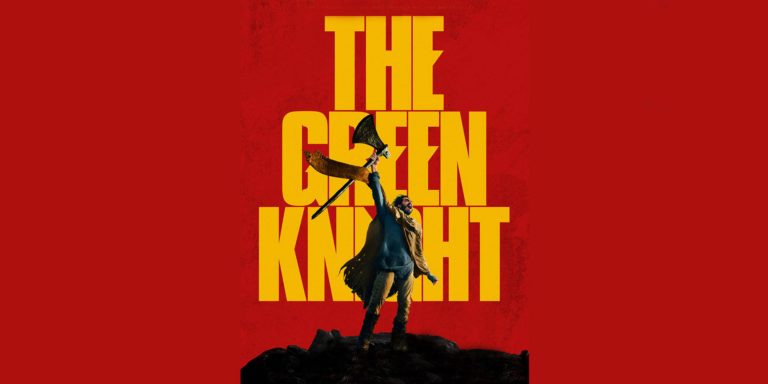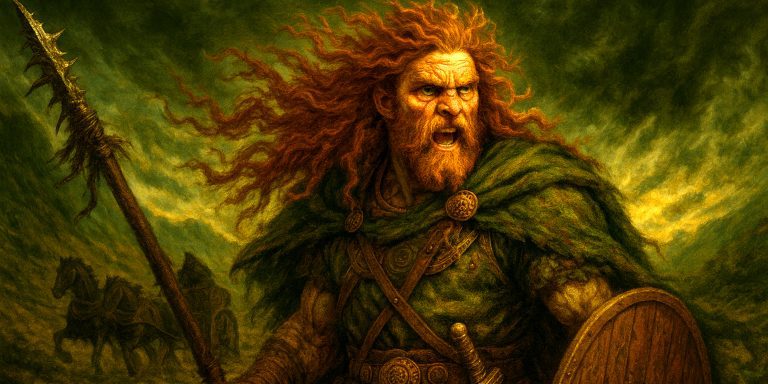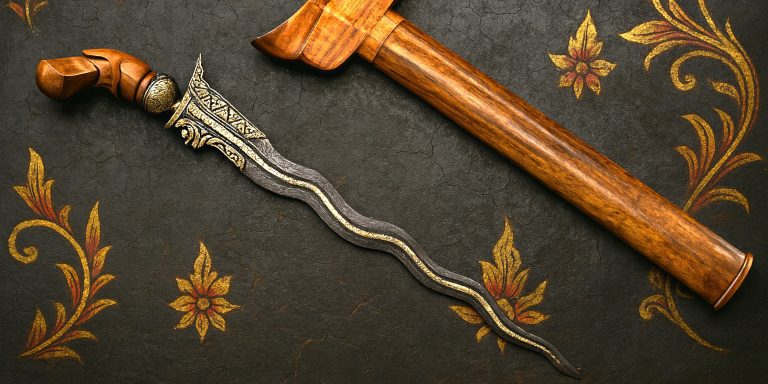
Few names in naval history strike the same chord as Hayreddin Barbarossa. To Christians of the 16th century, he was a scourge of the seas, a pirate with divine backing. To the Ottomans, he was an admiral of brilliance and a symbol of imperial dominance. His flaming red beard became the terror of European ports from Spain to Sicily. But behind the myth was a self-made man who rose from obscure beginnings to command one of the most formidable fleets the Mediterranean had ever seen.
Early Life and Rise to Power
Hayreddin Barbarossa was born Khizr (or Khidr) around 1478 on the island of Lesbos, then part of the Ottoman Empire. He and his brothers Ishak, Oruç, and Ilyas took to the sea as traders before discovering that privateering against Christian shipping was rather more profitable.
The brothers established a base along the Barbary Coast, using Algiers as their stronghold. After Ilyas was killed and Oruç captured (then enslaved by the Knights of Rhodes before escaping in spectacular fashion), the pair became legendary corsairs. When Oruç died in battle against the Spaniards in 1518, Khizr took up the mantle, adopting the name Hayreddin, meaning Best of the Faithful. Europeans preferred his more colourful title: Barbarossa, literally Redbeard.
Weapons and Ships
Barbarossa’s success relied on speed, surprise, and firepower. His typical fleet included:
| Ship Type | Description | Typical Armament | Crew |
|---|---|---|---|
| Galleys | Long, oar-powered ships ideal for coastal raids | 20–40 small cannon | 150–200 men |
| Galleasses | Larger, more heavily armed hybrid vessels | Up to 60 cannon | 400+ men |
| Corsair Brigs | Fast, manoeuvrable raiders | Light swivel guns | 80–120 men |
Barbarossa himself carried finely crafted Ottoman sabres (kilij) and a pair of richly decorated flintlock pistols, gifts from Sultan Suleiman the Magnificent. Contemporary accounts describe him as a “large man with piercing eyes and a beard like fire”, commanding respect through both charisma and menace.
The Age of Plunder: Bounty and Treasure
Barbarossa’s fleet attacked coastal towns across Italy, Spain, and the Balearic Islands. His men sacked Reggio Calabria, Nice, and Minorca, capturing slaves, gold, and ships. European chroniclers claimed that by 1533, his personal hoard rivalled that of a small kingdom.
Some of the spoils reportedly included:
- Gold and silver ingots seized from Spanish treasure fleets.
- Church relics and artworks looted from coastal monasteries.
- Thousands of enslaved captives sold in Algiers and Tunis.
- Exotic silks and spices brought back from captured merchant vessels.
One Venetian diplomat, perhaps grudgingly impressed, wrote:
“Barbarossa’s fleet sails as if Neptune himself cleared the waters before him.”
Service to the Sultan
By the 1530s, Barbarossa’s fame had reached Suleiman the Magnificent, who invited him to serve as Kapudan Pasha, or Grand Admiral of the Ottoman Navy. This turned the once-outlawed corsair into a state-sanctioned instrument of imperial expansion.
In 1534, he captured Tunis, and two years later, he faced the Holy League’s combined fleet at the Battle of Preveza (1538). Despite being outnumbered, Barbarossa achieved a decisive victory, securing Ottoman naval supremacy for decades.
A contemporary Ottoman chronicler, Selaniki Mustafa Efendi, wrote:
“The sea bowed to him, and the wind favoured his sails. Allah gave him mastery over the waters.”
Even the great Christian admiral Andrea Doria suffered humiliation at Preveza, retreating before Barbarossa’s relentless manoeuvres.
Major Battles
| Battle | Year | Opponents | Outcome | Legacy |
|---|---|---|---|---|
| Algiers Defence | 1518 | Spain | Victory | Secured Barbarossa’s rule in North Africa |
| Tunis | 1534 | Spain and Hafsids | Victory | Expanded Ottoman control in the Maghreb |
| Preveza | 1538 | Holy League (Venice, Spain, Papal States) | Victory | Ottoman naval dominance |
| Nice Raid | 1543 | France and Ottoman alliance | Victory | Demonstrated Ottoman reach into Western Europe |
Personality and Leadership
Barbarossa was as much diplomat as he was buccaneer. Fluent in several languages, including Greek, Arabic, Turkish, and Italian, he could charm an ambassador as easily as he could terrify a merchant captain.
He had a dry sense of humour. After capturing a Spanish envoy who begged for his release, Barbarossa reportedly said:
“You are free to go if your king can swim.”
He had a flair for theatrics too, staging grand feasts aboard his flagship, the Sultana, draped in silk banners and Ottoman crescents.
Fate and Legacy
After decades of conquest, Barbarossa retired to his seaside palace in Istanbul. He died peacefully in 1546, aged around 68, a rarity among corsairs who usually met their end in chains or cannon smoke. His tomb, known as Barbaros Türbesi, still stands in Istanbul’s Beşiktaş district, overlooking the Bosphorus. To this day, Ottoman and Turkish naval officers salute the site each year.
His legacy was enormous. He transformed piracy into empire-building and helped turn the Mediterranean into an Ottoman lake. European powers learned to fear the crescent sail on the horizon.
Contemporary Quotes
- “He was a lion of the sea, whose claws reached every shore.” – Venetian chronicler Pietro Aretino
- “In Barbarossa, courage and cunning found their master.” – Spanish historian Luis del Mármol Carvajal
- “The infidel’s ships are as flames on the water.” – Anonymous Greek monk, 1538
The Seven Swords Takeaway
Hayreddin Barbarossa remains one of the most fascinating figures of the early modern world: part pirate, part patriot, part statesman. His story reads like fiction, yet every raid, battle, and diplomatic intrigue is recorded in the blood and ink of history. Whether one calls him hero or villain depends entirely on which flag one flies. But make no mistake, Barbarossa ruled the waves.
Watch the documentary:



